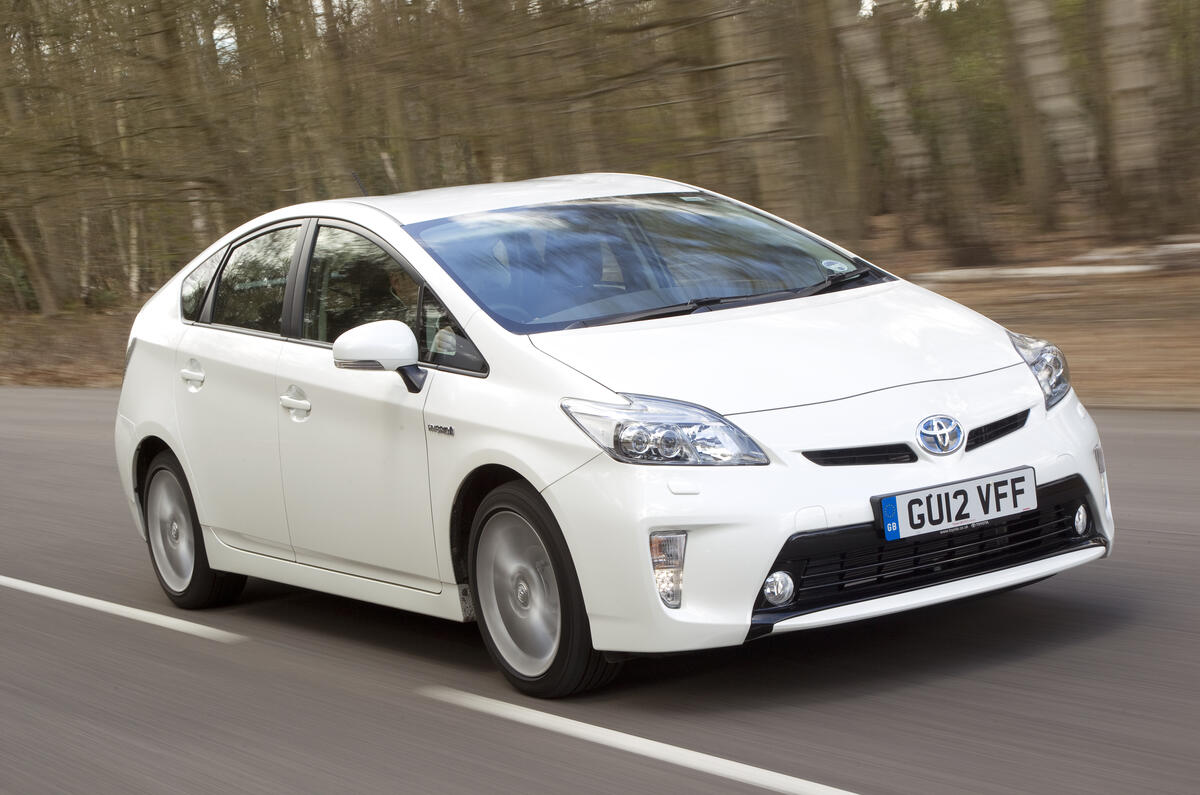It all started with a 390,000-mile Toyota Prius – a 2011 60-reg 1.8 VVT-h T Spirit, to be precise.
A friend spotted it in the classifieds and reckoned that at £3150 and with 12 months’ AA breakdown cover, it was worth a look.
It sold overnight. But other Prius models kept popping up in the small ads, due in the main to its popularity among private-hire vehicle (PHV) drivers and operators.
Bizarrely, seriously high-mileage Prii like these may just be more credible purchases than those with around 150,000-200,000 miles.
I went to look at a lower mileage Prius for my friend. However, its MOT history showed it had been clocked and a mileage expert we consulted reckoned that in reality it had done 400,000. This knowledge didn’t stop me popping over to the dealer to see if he had others and what high mileage does to a Prius.
The first thing to say about a high-mileage Prius, indeed any seriously high-mileage car, is don’t expect the dealer selling it to set much store by opening hours, a smart premises and a welcoming cup of coffee. The profits in high-milers don’t encourage such practices.
Although I was at his Portakabin for 10am sharp and stayed for 30 minutes, I saw no sign of the dealer.
I did see his remaining Prius, though: a 2004-reg 1.5 T Spirit with 168,000 miles, priced at £3995. That raised alarm bells, confirmed when, on checking its MOT history, I saw that at some point between 2011 and 2012, it had been ‘adjusted’ from 238,000 to 108,000 miles. This meant the car had in reality done 300,000 miles.
It looked like it had, too. Its pale velour interior was darkly soiled, the steering wheel was shiny smooth and the column shroud wore a light dusting of skin cells and assorted detritus. Elsewhere, the plastic windscreen scuttle had become brittle and cracked and the alloy wheels corroded beyond saving.
I had seen enough and left to view another Prius, a 2014-reg 1.8 T3, with a genuine 230,000 miles on the clock. With still one year of its PHV licence left to run, this £9000 example was a rare thing, but sadly neither it nor the dealer was anywhere to be seen.
That left one more: a one-owner, 2011-reg 1.8 T4 with 163,000 miles, priced at £6795. This time, the dealer was present, meaning I could take it for a spin.
My brief drive proved that while cars don’t improve with mileage, some disguise it better. The 163,000- mile Prius rattled its way around the block, but its brakes were strong, its engine was reasonably pokey and its CVT slurred without complaint.




Join the debate
Add your comment
"Beware a lavish specification, as it only means trouble later on"
Bodes well for the future of the new stuff on sale today ...
Amazing!!! no Citroen in the above list